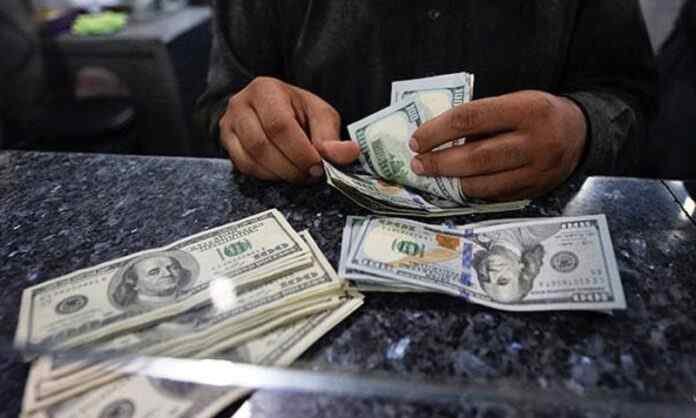Pakistan’s central bank has pushed back against criticism over its heavy purchases of U.S. dollars, arguing the policy is necessary to build foreign reserves—even if it keeps the rupee weaker than some policymakers would like.
Appearing before the National Assembly’s Standing Committee on Finance, Acting Deputy Governor of the State Bank of Pakistan (SBP) Dr. Inayat Hussain confirmed the bank has bought roughly $7.8 billion from the open market between July and May of FY2024-25. He acknowledged the buying pressure has prevented the rupee from strengthening but said a stronger currency could trigger a surge in imports, destabilising an already fragile external sector.
“The exchange rate of around Rs282 per dollar is fair,” Dr. Hussain told lawmakers. “Our main goal is to build reserves, and we only purchase dollars when there is a surplus in the market.”
Pushback From Lawmakers and Policy Divide
Some parliamentarians, including MNA Muhammad Jawed Hanif, argued the rupee’s “real” value should be closer to Rs250–260, saying the weaker rate is fueling inflation. Deputy Prime Minister Ishaq Dar has also suggested the rupee should be nearer Rs260, a stance that contrasts sharply with SBP’s view.
Hussain dismissed claims of currency manipulation, insisting the exchange rate reflects underlying market dynamics and foreign exchange availability.
Building a Cushion Against External Shocks
SBP officials emphasized that these purchases have shifted reserves away from a reliance on foreign loans, making them more sustainable. Executive Director Amin Lodhi outlined an ambitious plan to raise foreign reserves to $15.5 billion by December and $17.5 billion by mid-2025, though he admitted this still falls short of the $20 billion “safety threshold,” equivalent to three months of imports.
The central bank is forecasting the current account deficit to remain under 1% of GDP, with a heavy reliance on $40 billion in expected remittances to keep external financing manageable.
Inflation and Growth Outlook
Inflation is projected to temporarily rise above the 7% target due to base effects, floods, and gas price adjustments, but SBP expects it to stabilize back within 5–7%. Lodhi also warned growth will likely stall at 3.25%, missing the government’s 4.2% target, a familiar pattern in Pakistan’s cycle of brief recoveries followed by slowdowns.
Interest rates are expected to stay near 11% to anchor inflation expectations, a level SBP views as critical for macroeconomic stability.
The Big Picture
The hearing highlighted a growing policy rift: the government’s preference for a stronger rupee to curb inflation versus the SBP’s priority of reserve-building and market-driven rates. For now, the central bank seems intent on holding the line at around Rs282 per dollar, betting that strong reserves will provide the resilience Pakistan needs against future shocks—even at the cost of a weaker currency in the short term.

